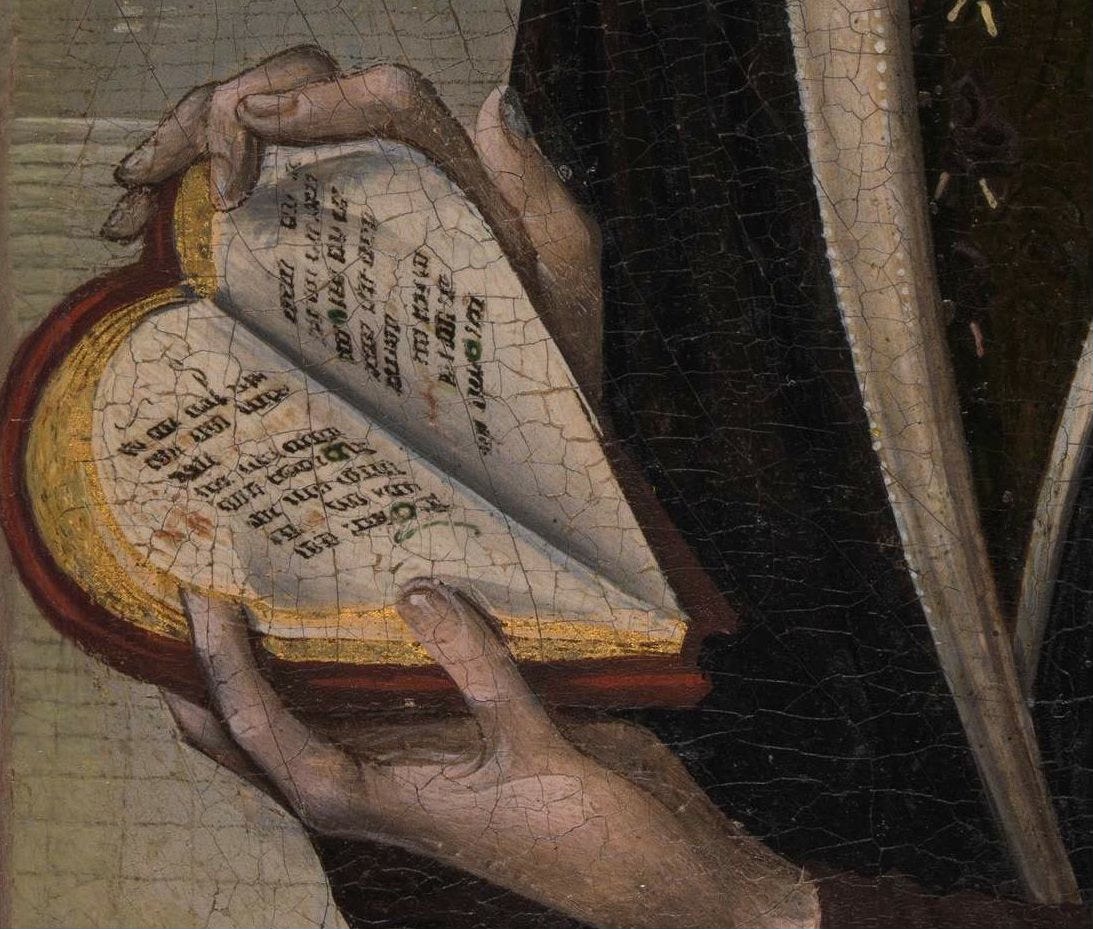A Realistic Approach to the Monthly Curriculum
How taking it slow will lead to sustainable learning
If you’re on the same side of tiktok as me, your feed has probably been full of people planning their monthly curriculum for September with carefully curated stacks of books, ambitious schedules, and a long list of topics to tackle. I admire the drive, but when I see these videos, I can’t help but feel overwhelmed. It’s been years since I’ve experienced that kind of structured learning and I know jumping back into it wouldn’t work out for me. I think I know myself well enough to see that this approach would lead to fatigue.
Instead of trying to juggle ten different topics of learning at once, I am trying to give myself space to learn one thing well.
What feels more realistic is starting small and focusing on one thing at a time. I’ve started to think of it as a “slow curriculum”; just like a diet, sudden restrictions just lead to burnout and you will never see sustainable change. Instead of conquering multiple subjects, I chose one. I wanted to move at a deliberate pace where I can circle back to the same ideas until they stick. The idea was to focus on quality over quantity, so I can truly absorb what I was learning.
By focusing on retention, I think I will be able to go deeper into my study as well as be able to reflect on what I am learning. I’m hoping this approach will be more forgiving for the days I miss or get off track. I want my approach to be about calm, relaxed learning instead of pressure and stress.
A loaded curriculum can look super impressive, but I know from experience how quickly doing too much will cause you to lose steam. I need a sustainable system, if I want to set myself up for success. If it isn’t, a project that was intended to be fun and enjoyable will just feel like another obligation. I don’t want my learning to feel like a chore. No one is making me do this, it is something I have chosen for myself.
I know that structure works well for me, but I need fluidity so that I don’t feel like I’ve been put in a box. Some people might thrive on a detailed plan while others prefer a more vague/loose approach that follows a natural flow. I fall in between. What I think will work best for me is setting a loose outline per week that includes resources and topics paired with an undated checklist. Leaving off the dates feels more forgiving, allowing myself the permission to take my own pace.
Curriculum Example:
Theme - Medieval Art Techniques
Week 1 – Foundations & Materials
Goal: Understand the world of medieval art and prepare the basic materials.
Topics:
Overview of medieval art styles (Romanesque, Gothic, Byzantine, Insular)
Materials: parchment, vellum, wood panels, pigments, gold leaf
Tools of the trade: brushes, quills, knives
Read/Watch:
The Art of the Illuminated Manuscript by Christopher de Hamel (intro & materials chapters)
Video: “How Medieval Manuscripts Were Made” (British Library)
Week 2 – Illumination & Manuscript Techniques
Goal: Learn how manuscripts and illuminations were created.
Topics:
Calligraphy & script styles
Decorative initials & marginalia
Gilding (applying gold leaf)
Read/Watch:
The Techniques of Medieval Illuminators by Daniel V. Thompson
Tutorials from the Getty or British Library manuscript collections
Week 3 – Panel Painting & Iconography
Goal: Explore panel painting and medieval religious art.
Topics:
Egg tempera technique
Iconography & symbolism (saints, biblical scenes, animals)
Halos, drapery, and medieval proportions
Read/Watch:
The Materials and Techniques of Medieval Painting by Daniel V. Thompson
Video: “Egg Tempera Painting” (tutorials from conservators)
Week 4 – Integration & Personal Project
Goal: Combine what you’ve learned into a finished medieval-inspired artwork.
Topics:
Gothic stained glass and architecture influences
Bestiaries & symbolic imagery
The medieval artist’s workshop: collaboration & apprenticeship
Read/Watch:
The Medieval Art of Love by Michael Camille (symbolism focus)
Video tours of Chartres or Canterbury stained glass
Undated Checklist:
Foundations & Materials
Read The Art of the Illuminated Manuscript (intro & materials)
Watch “How Medieval Manuscripts Were Made” (British Library)
Research medieval art styles (Romanesque, Gothic, Byzantine, Insular)
Experiment with grinding natural pigments
Practice writing with a quill or reed pen
Make or prepare gesso for a panel surface
Journal on medieval materials & tools
Illumination & Manuscripts
Read The Techniques of Medieval Illuminators (intro)
Study medieval calligraphy scripts (Caroline, Gothic, Insular)
Copy a medieval script alphabet
Draw/paint a decorative initial
Try gold leaf or imitation gold on paper
Explore marginalia designs (animals, hybrids, vines)
Write a summary of the manuscript-making process
Panel Painting & Iconography
Read The Materials and Techniques of Medieval Painting (egg tempera)
Watch an egg tempera painting tutorial
Prepare a small gessoed wood panel
Mix egg yolk tempera & paint simple shapes
Study medieval iconography & symbolism
Paint a miniature haloed figure or cross
Reflect on panel painting challenges
Integration & Personal Project
Read The Medieval Art of Love (for symbolism)
Study Gothic stained glass windows (Chartres, Canterbury)
Sketch a border or frame inspired by illuminated manuscripts
Design your final project plan (illumination or icon)
Work on your final project
Add finishing details to your project
Present or reflect on your completed piece
Wrap-Up
Revisit notes on manuscript vs. panel techniques
Write a reflection: What medieval methods inspired you most?
Sketchbook spread on medieval art techniques
All of this effort sometimes makes me think “what’s the point?” Why even bother creating this for yourself? To me, having a curriculum or self study is less about achievement and more about choosing something worthwhile to give my attention to. I want to always be bettering myself and feeding my natural curiosity. The other end of this would be falling victim to the cyclical, mindless doomscroll. I think I am just fed up with the time I waste on my phone and the nonsense I fill my brain with and want to pivot to something more intentional.
One thing I have been asking myself is if I am actually learning. Is it enough to just read a book or watch a video? I can easily fly through a good book, but if all I did was read it, I find it difficult to look back and recall anything that stood out. I started to wonder what actually helps me retain information; was it taking notes, writing an essay, explaining it to a friend, or simply regularly thinking back on the topic.
In Meadow Mind’s substack “The problem with your monthly curriculum”, she diagnoses that your study should end in creation. She elaborates on how “the monthly curriculum trend misses out on a core tenet of what makes learning an adventure: the act of creating something with what you've learned.” I wholeheartedly agree, it is necessary to define your purpose and have an output with all that you are taking in. How can you truly be learning without application? She highlights to set your sights on output. Think about your next steps.
Read here: https://substack.com/home/post/p-171498805
When I was scrolling tiktok the other day, I came across a video by Neenu that had a collection of videos and articles as their curriculum for the week. Some of the collection included “A brief history of the United States”, “10 years with Hayao Miyazaki”, “My natural beauty rituals”, and more. She organized these seemingly random pieces into subjects like history, culture, and wellness. This method recreates the feeling of being back in school while still leaving space to explore a wide range of subjects. From the content I have seen and the creator that originated this movement, this is how most people are setting up their curriculum. What I like about this is how diverse the information you’re absorbing is.
While Neenu’s weekly style is different from my monthly approach, I love the idea of consuming a variety of random knowledge. I see this less as a formal curriculum and more as a tool for ongoing learning. So far, Neenu has released 3 weeks of curriculums to follow along with, which I might try out. I like that it is mostly youtube videos, so I could just have them playing while doing other things.
Check out the substack here:
https://neenusnookletter.substack.com/p/the-grand-wealth-redistribution-scheme
Other references:
Prologues Podcast - My Personal Syllabus for Autumn 2025
Youtube - Making a notion curriculum
Curriculum Catalog - ideas for study
In the end, my slow curriculum is less about filling a schedule with study and more about practicing intentional attention. Instead of letting my days dissolve into a blur of TikTok and scrolling, I want to choose something worth returning to. My learning is not about speed or volume, but about creating a rhythm of curiosity that I can sustain.





this is my sign to make myself a monthly curriculum